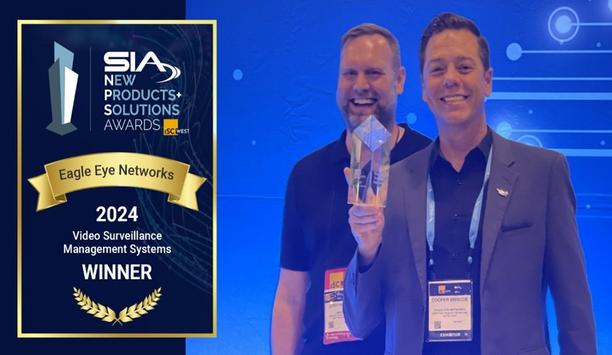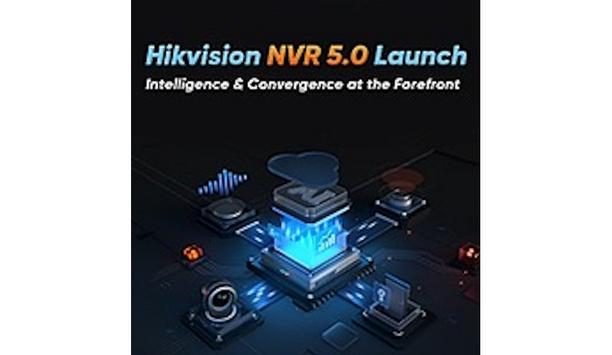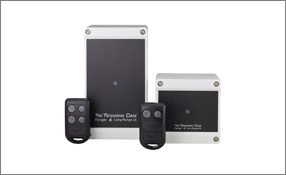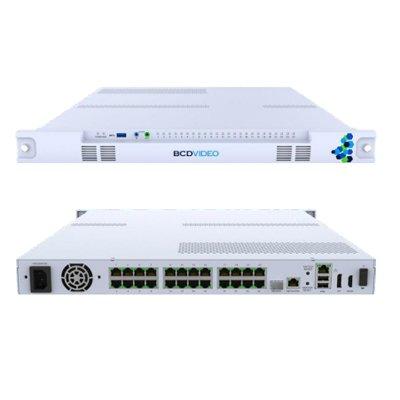 |
| Integrators and end users should be aware that their definition of open might differ from those of security manufacturers |
Much of the buzz in the industry today about open architecture is driven by the IT world, with many security-related decisions now falling on an organization’s IT department, where true open architecture has been around for a long time. Closed systems like we’ve experienced in the security world are not just viewed as foreign to the IT world; they’re considered a step backward.
In today's security industry, open standards between manufacturers are a must-have. End users and integrators require the flexibility and improved reliability that come from working with best-in-class technology — rather than being locked into a certain brand. In addition, a growing number of end users want to be able to integrate their access control technology with other security systems, including VMS. Despite these factors, the degree of “openness” of open architecture found in today’s security industry varies. Integrators and end users should be aware that their definition of open, and their expectations of interoperability, might differ from those of security manufacturers.
In the video surveillance industry, there exists the type of openness that allows almost every camera manufacturer to connect to an NVR. No tinkering is required for the NVR to connect to and operate the cameras. But with access control solutions, that type of plug-and-play interaction doesn’t exist.
Open Standards vs. Proprietary Systems
What does exist today is an effort to transition to open standards. The most significant progress can be found with Open Supervised Device Protocol (OSDP), intended to create interoperability between peripheral devices, such as card readers and control panels, as well as other security systems. Despite support and promotion from the Security Industry Association (SIA), OSDP hasn’t seen heavy adoption in the United States.To date, the majority of readers still use Wiegand interfaces even though there are limitations to the old technology.
The fact is, change needs to be driven by very specific client needs or some form of legislation. If you don’t have one or the other, very few manufacturers will make the investment to change. Many security manufacturers have a long history of using proprietary protocols and hardware. Moving to open architecture means they will need to reengineer their products. Doing so will not necessarily bring about new functionality or guarantee the end user a better product. It could, however, make it easier for an end user to explore other options.
PSIA’s goal is to create a standard IP specification that brings together video surveillance, access control, analytics and other security systems |
OSDP And PSIA Security Standards
Because of this dilemma, many haven’t pursued OSDP solutions. Even security integrators have a fear of being displaced if they install open systems, which creates additional resistance to an open movement. Frankly, locking a customer in with a proprietary product isn’t how to create long-term customers. Clients are kept by delivering exceptional service and support.
OSDP adoption is only a part of the open architecture conversation, After all we’re really only talking about readers and other peripherals. Typically, when end users talk about open architecture, they’re referring to the entire system. This is where the Physical Security Interoperability Alliance (PSIA) comes in.
PSIA’s goal is to create a standard IP specification that brings together video surveillance, access control, analytics and other security systems. It’s a great concept, but not without its challenges and limitations. A standard, by its very definition, can’t support every feature and function from every manufacturer. A standard creates a common denominator that all products must meet. This means that functionality and differentiation between vendors might get lost to meet the specifications issued by PSIA.
The same situation can be found with ONVIF on the video surveillance side of the security world. A camera can be ONVIF-compliant and plug-and-play with a VMS. However, if you use the camera’s specific drivers with the VMS, it may be possible to access enhanced functionality.
Despite support and promotion from the Security Industry Association, OSDP hasn’t seen heavy adoption in the United States |
Even though the OSDP and PSIA specifications aren’t heavily adopted today, solutions that meet the standards should be easier to integrate and, therefore, more appealing to end users. Additionally, if and when there is an influence strong enough to truly drive standards adoption upon the industry, OSDP and PSIA – by nature of their history and inroads already made – will most likely be the standards adopted. Therefore, selecting products that use these standards is a safe bet as far as future interoperability is concerned.
Another Version Of Open
While standards like OSDP and PSIA exist, the majority of manufacturers today claim to be open because they give OEMs the ability to modify their solutions to work with their proprietary protocol. Put more simply, the way they go to market is to have you modify your product to work with theirs. The end result could be a great integration, but it comes at the cost of time and extended effort. Integrators and end users should be aware when selecting “open” solutions that there could be considerable obstacles to overcome to gain interoperability between various security systems.
In the end, based on today’s definition of open in the security industry, security dealers and end users should align with vendors that have gone through the effort of integrating and supporting reputable industry-leading products, whether they utilize OSDP and PSIA standards or not. Doing so will give the dealer and end user more options concerning system upgrades or changes.
While the security industry certainly isn’t perfect when it comes to open architecture, the combination of OSDP and PSIA specifications along with each manufacturer’s version of openness has created a level of interoperability that breaks down the challenges of proprietary closed systems.



























